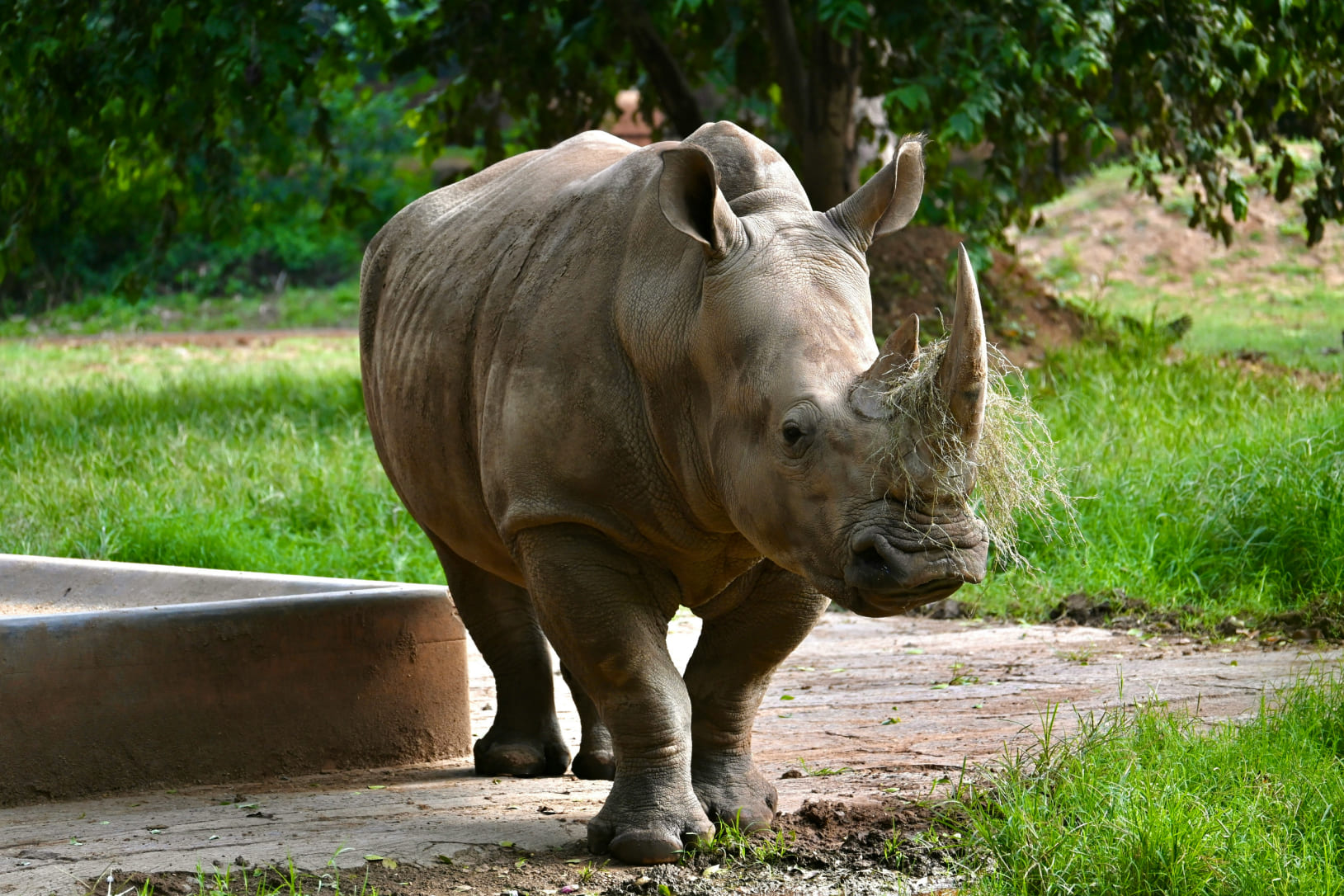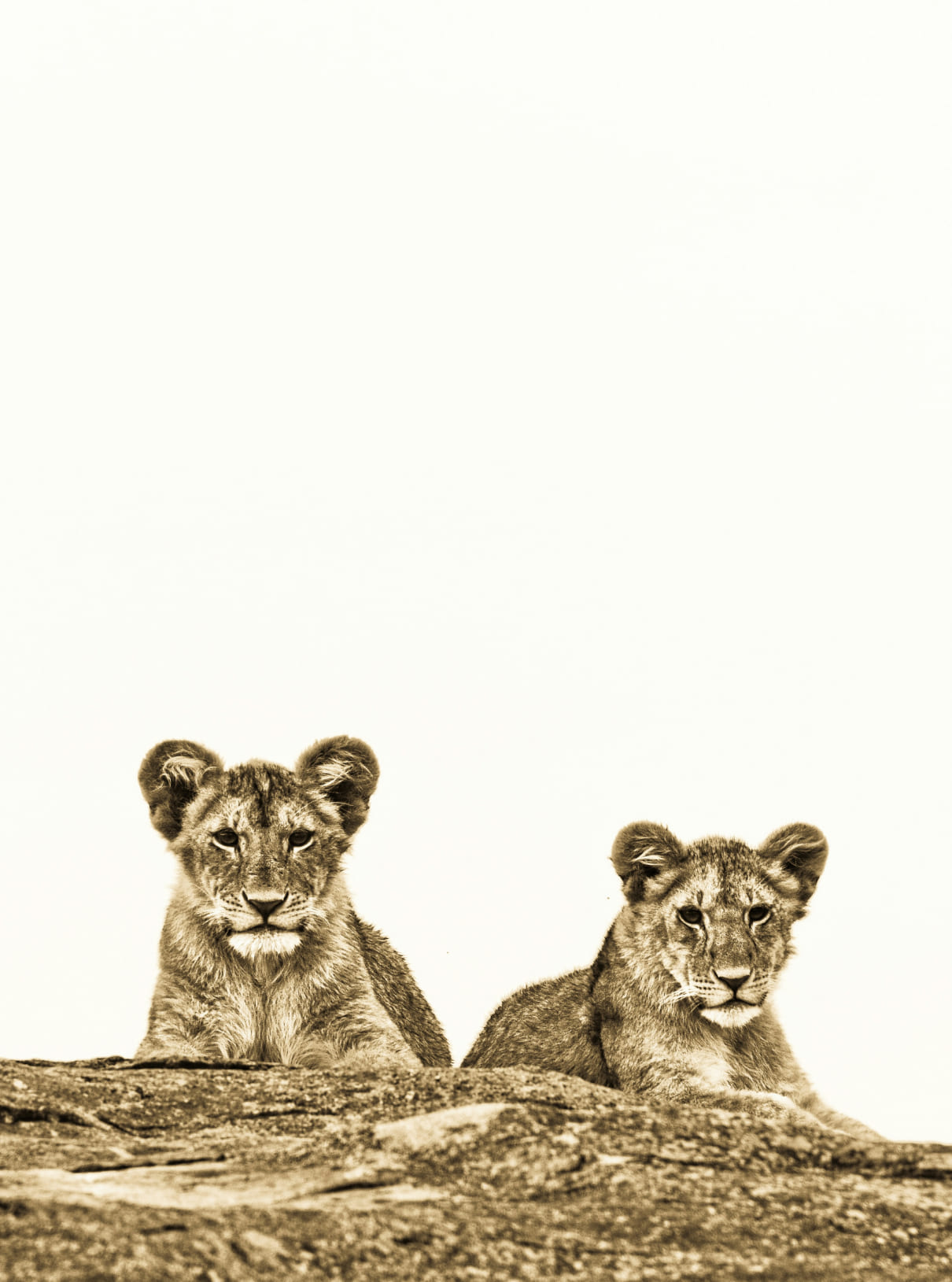





The Amazon rainforest is one of the most biodiverse places on Earth, home to millions of animal species, some of which are found nowhere else. This vast and intricate ecosystem not only provides a sanctuary for wildlife but also plays an active role in supporting and sustaining the animals that inhabit it.
Protecting endangered species is crucial because every animal plays a role in maintaining the balance of ecosystems. Losing one species can have a ripple effect, leading to negative consequences for other wildlife, plants, and even humans. Additionally, animals contribute to biodiversity, which supports natural systems like clean air, water, and soil.
Conservation efforts, such as creating protected areas, combating poaching, and rewilding projects, provide animals with safe habitats to thrive. These efforts also involve restoring ecosystems, ensuring sufficient food and shelter for wildlife, and raising awareness about the importance of preserving biodiversity.
The main threats to wildlife include habitat destruction due to deforestation and urbanization, climate change, poaching, pollution, and human-wildlife conflicts. These factors significantly reduce animal populations and disrupt ecosystems.
Individuals can help by supporting organizations dedicated to conservation, reducing waste and pollution, using sustainable products, and raising awareness about endangered species. Visiting wildlife-friendly reserves or sanctuaries and advocating for stronger environmental policies can also make a difference.
